T h e H i s t o r y o f t h e T o k a j W i n e R e g i o n
Milestones
T r a d i t i o n S i n c e 1 7 0 0

...
A Little Backstory
From the almost 500 grape varieties known to man, almost 130 are indigenous to the Tokaj Wine Region in Hungary.
16th Century
After Hungary falls to Ottoman rule, the region is transformed into the most important winemaking centre of the country.
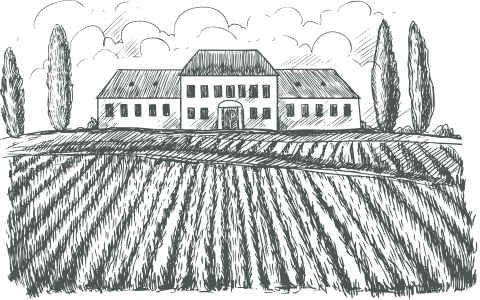

17th Century
1737
The first vineyard classification in the village of Mád at the heart of the Tokaj Region – the world’s first-ever vineyard classification!


Mid-18th Century
The already immensely popular in European courts aszú wines become ever more popular in the aristocracy and the intelligentsia of the time – Voltaire himself muses on their quality, entusiastically writing that “The golden liqueur of Tokay, while caressing the fibres of the brain, carries a fire that breathes witticism, as brilliant as the liqueur is light”.
Late 18th Century
Greek merchants already based out of the town of Tokaj have founded their own trade association, with special rights granted upon them, specifically to aid in the trade of Tokaj wines. The village becomes a center of the Greek community, with the Greek-Orthodox church at the central square standing to this day, along with the Karacsóny family home, now proudly the Museum of the village of Tokaj.


19th Century
An immense phylloxera epidemic wipes out most of the Tokaj regions vineyards. From the 130 native varieties, only the Furmint and Hárslevelü varieties are spared, since complemented by the yellow muscat (sárga muskotály) and, to a lesser degree, by Kabar, Kövérszolo and Zéta.
20th Century
The Tokaj tradition continues through almost 6.000 small producers. In 1967 the region counts as many as 185 cellars, but the real boom comes after 1990 and the rise of independent private producers, among them MAD Wine, which develops into one of the most influential companies in the region.


MAD WINE
T h e G r e e k s o f T o k a j
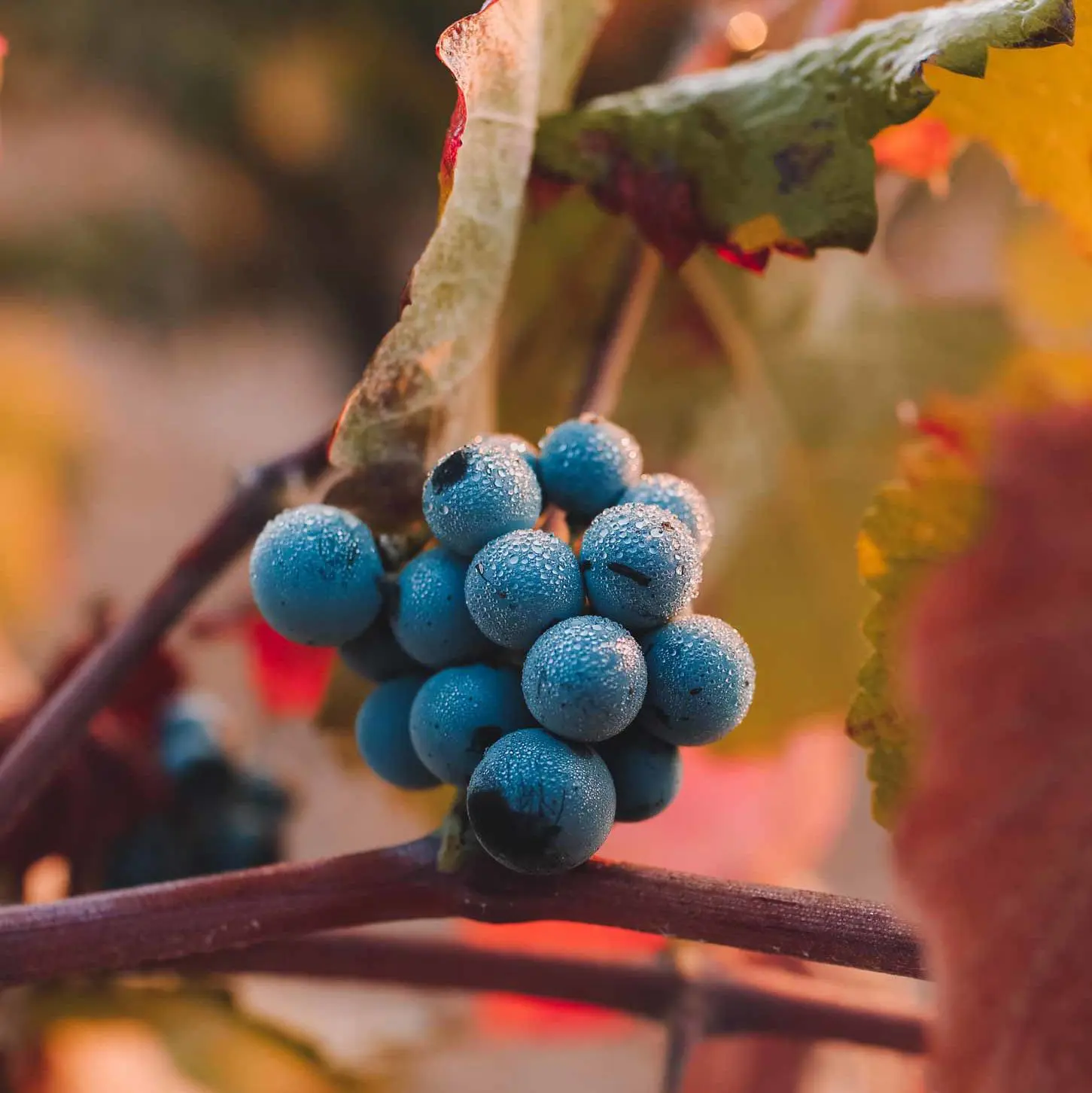
As part of the agricultural industry, we fully depend on our surrounding, just as it depends on us. That’s why we grow our produce organically and sustainably. Over the past decades the carbon footprint of the winery has been positive, which is something we’re really proud of.
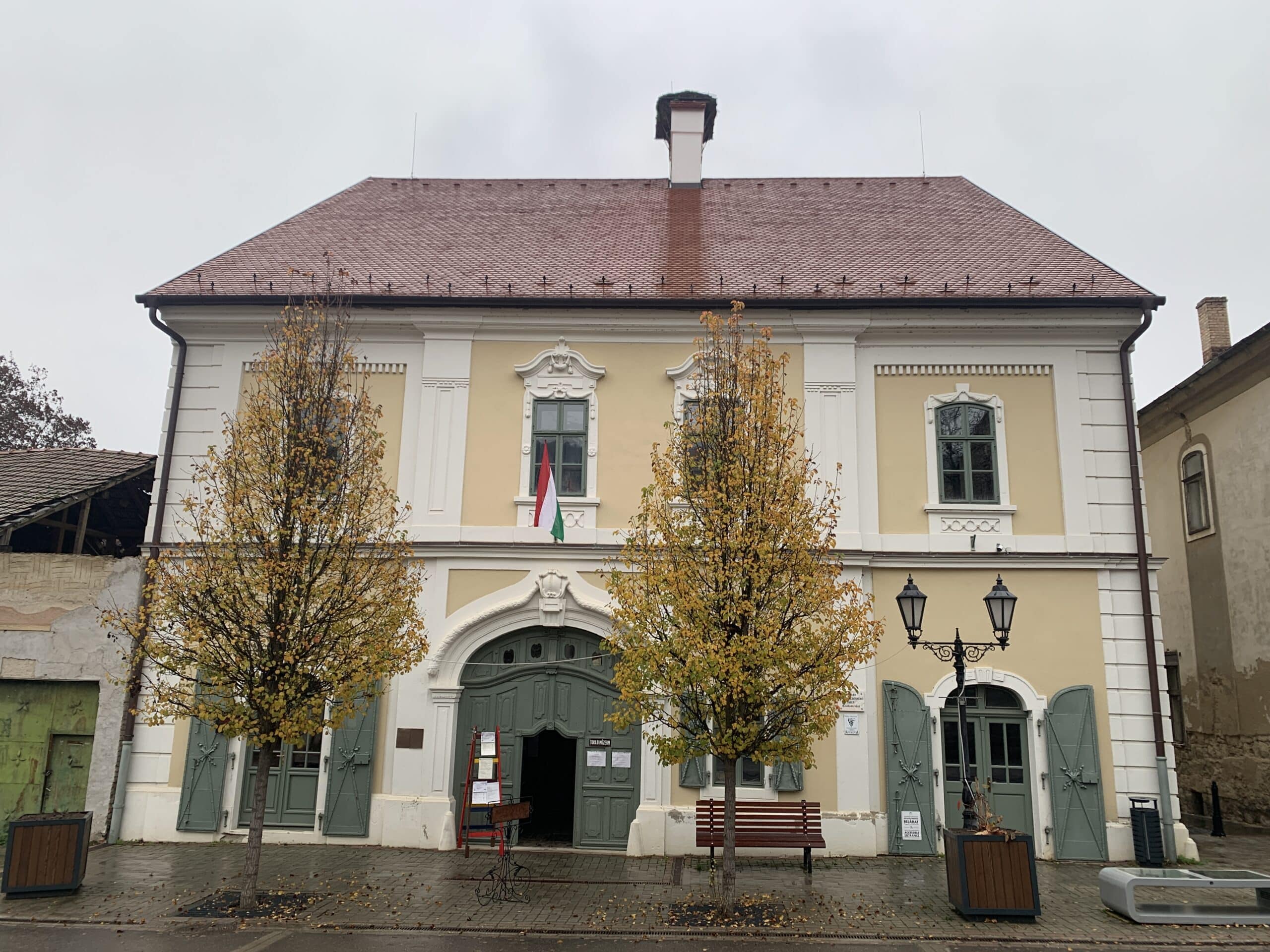
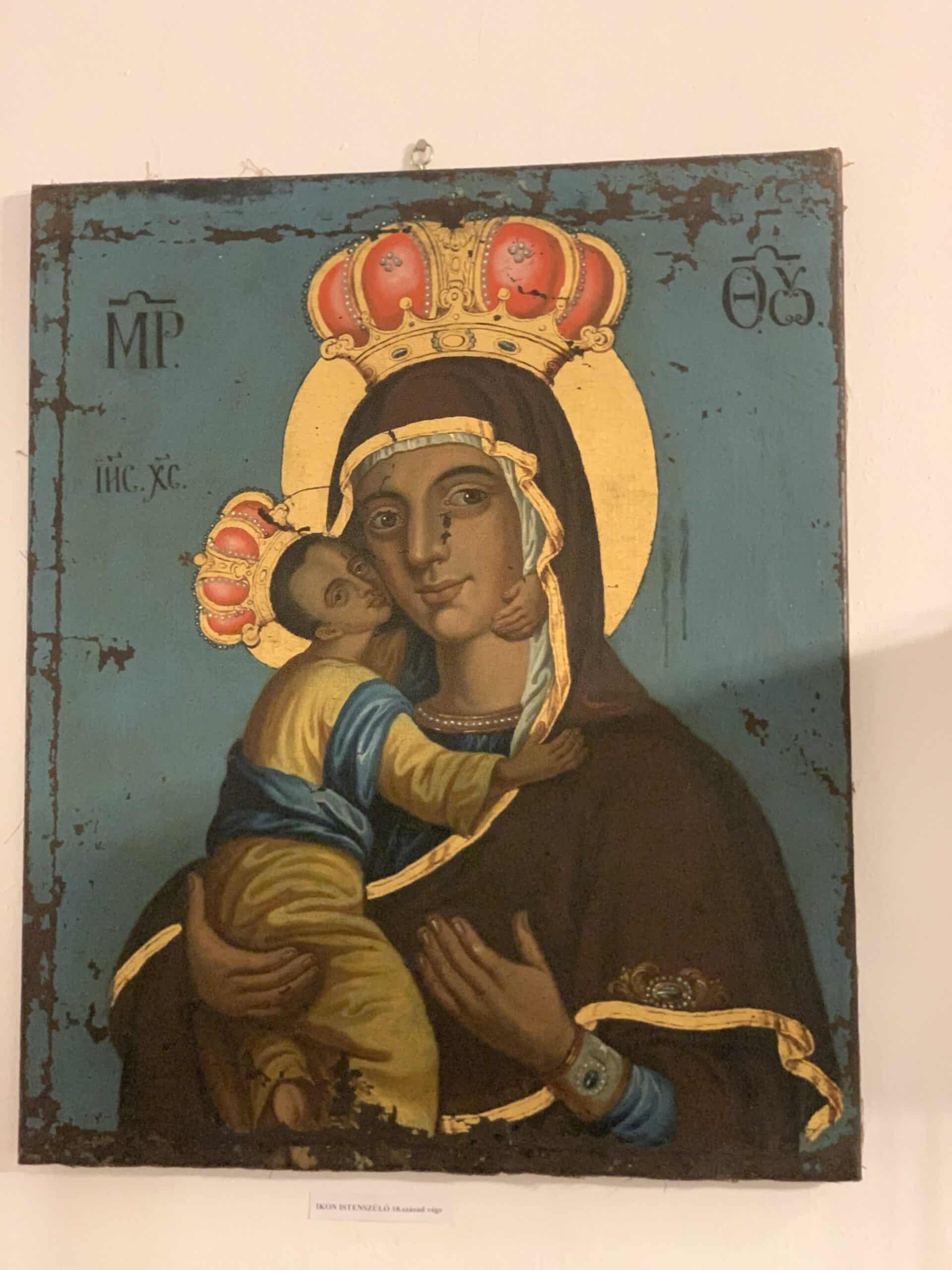
Ever the entrepreneurial and trade spirits, it should come as no surprise that Greek merchants played a great part in the development of winemaking and making Tokaj wines popular worldwide. At the center of the town of Tokaj, two powerful symbols serve as a reminder of the Greek influence in the area: the Greek-Orthodox Church of St. Nicholas and the Karacsóny mansion, now the Museum of the Town of Tokaj, packed full of Orthodox relics and memories from an era of grandeur for the region.

MAD WINE
T o k a j w i n e s i n s p i r i n g a r t

As part of the agricultural industry, we fully depend on our surrounding, just as it depends on us. That’s why we grow our produce organically and sustainably. Over the past decades the carbon footprint of the winery has been positive, which is something we’re really proud of.

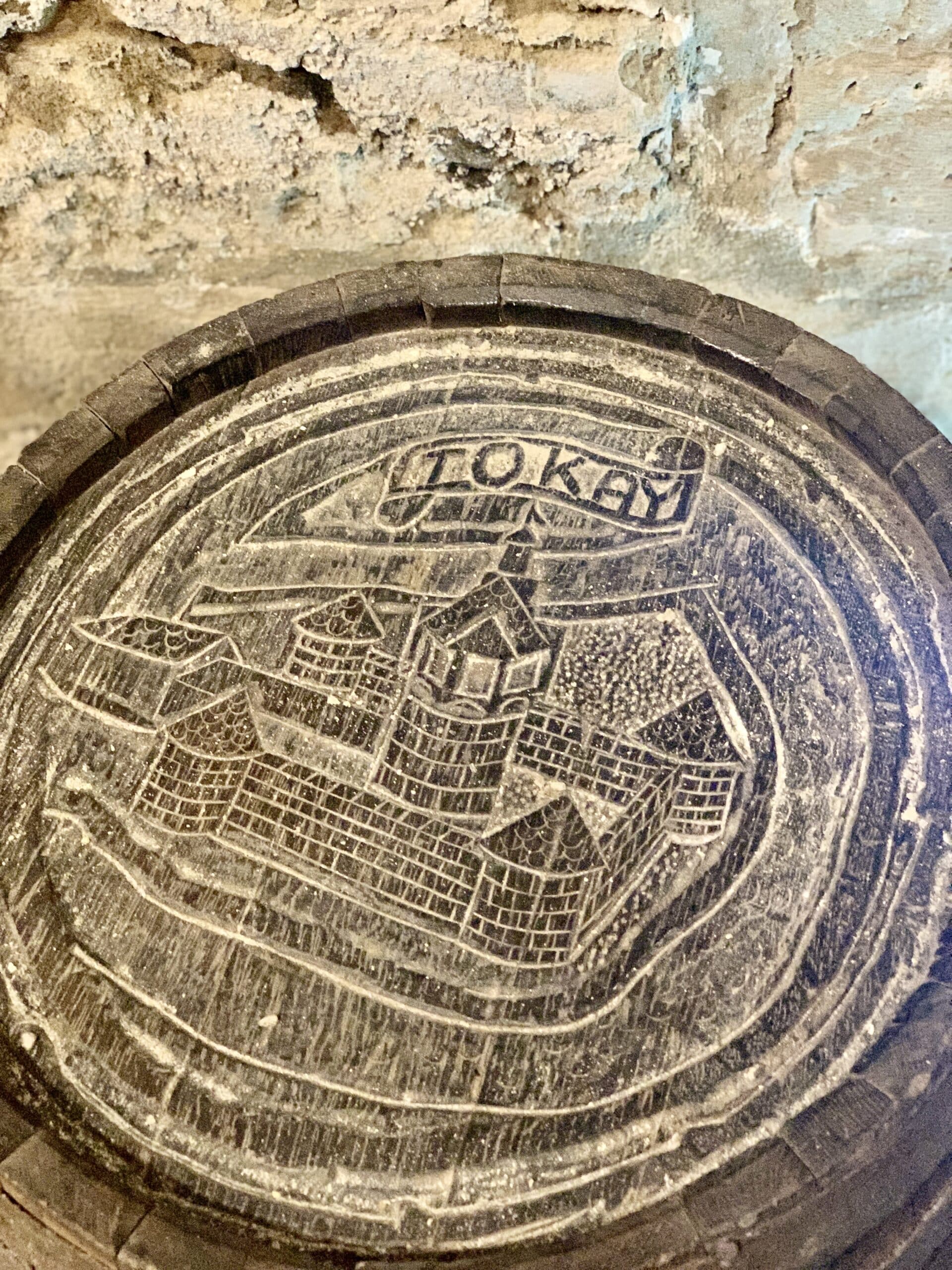
The mysterious aura surrounding the “wines of kings” has always served as an inspiration to writers, poets and artists. The sweet Aszú wines make an appearance in Goethe’s Faust, but also in works by Alexander Dumas, Henrik Ibsen and even the Phantom of the Opera, as the titular character’s drink of choice.

MAD WINE
T h e P h i l o s o p h y

As part of the agricultural industry, we fully depend on our surrounding, just as it depends on us. That’s why we grow our produce organically and sustainably. Over the past decades the carbon footprint of the winery has been positive, which is something we’re really proud of.
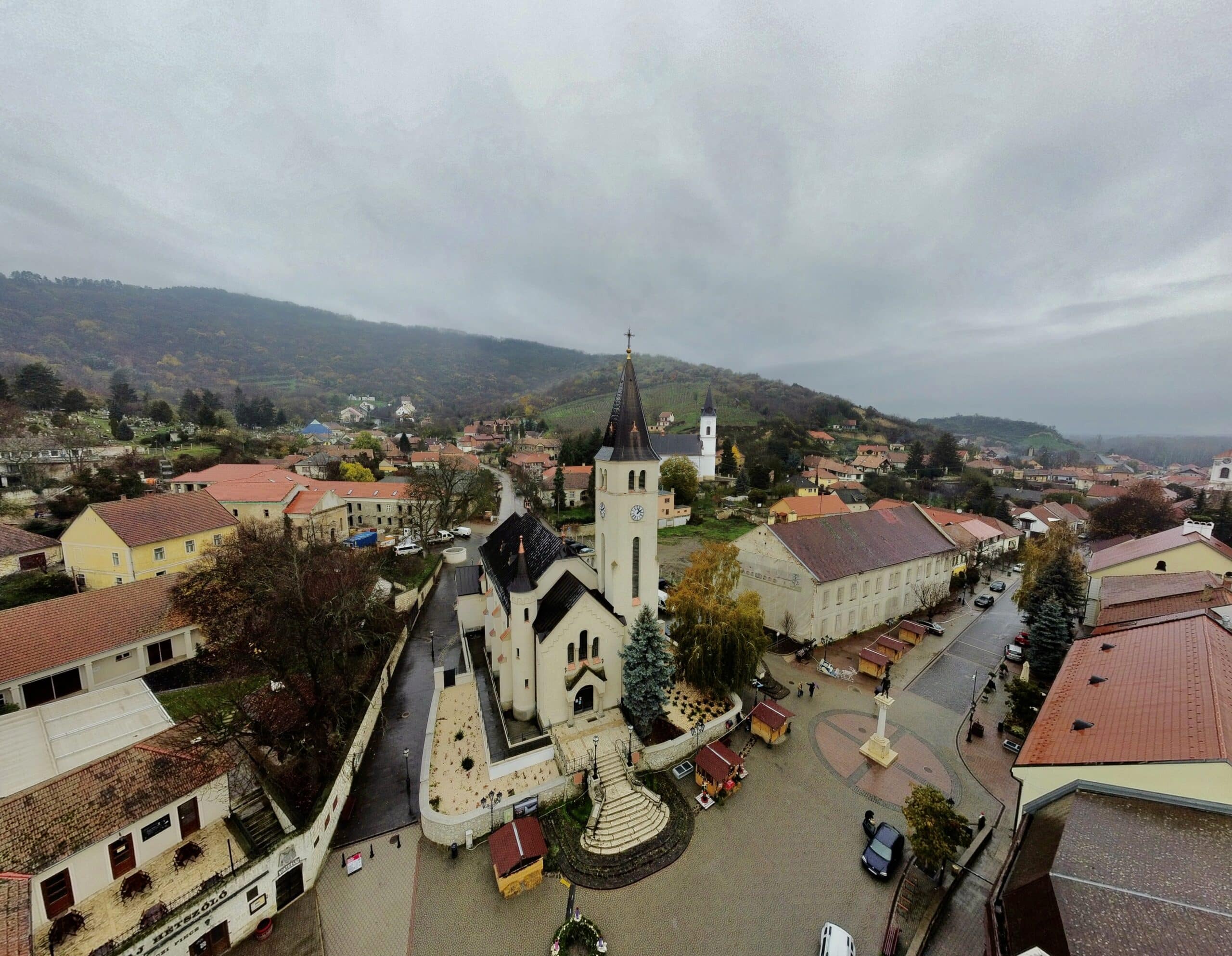
“The older, the better”. The particular way in which Tokaj wines are produced, as well as the characteristics of the region’s vineyards, means that Tokaj wines are quite different than those of other countries, including the ones we are familiar with in Greece and the Mediterranean.
The Furmint and Hárslevelü varieties possess unmatched quality and thanks to traditional winemaking methods, they remain fresh for long after they’ve been produced. For example, you can try a bottle of 2019 Dry by Tokaj, and it will taste like it only came out of our production line a few days ago!
